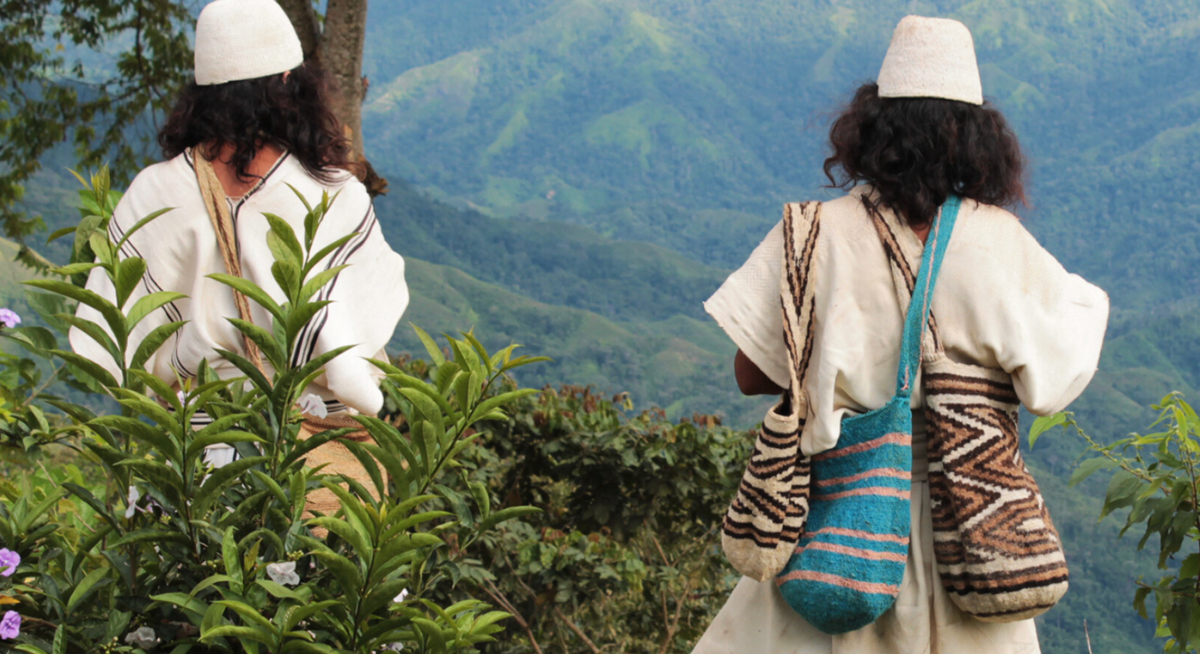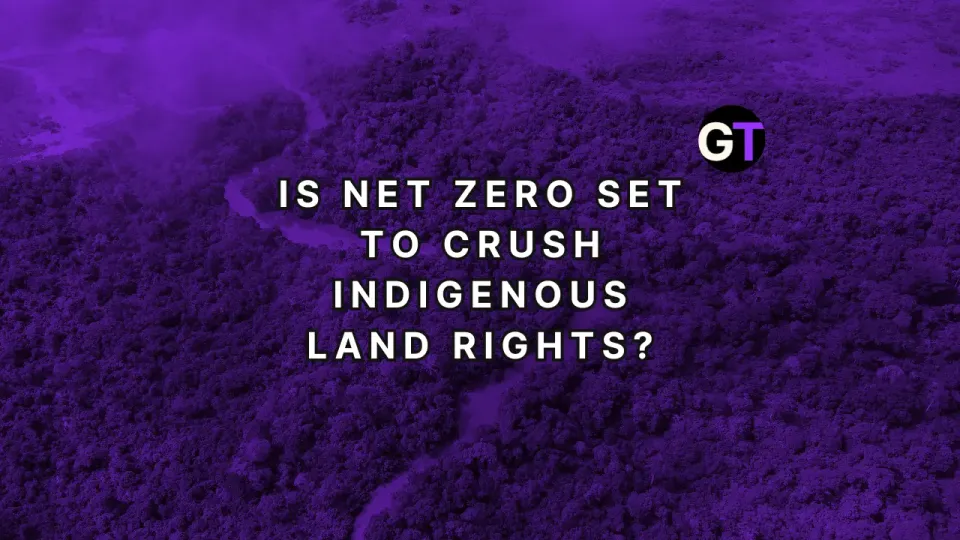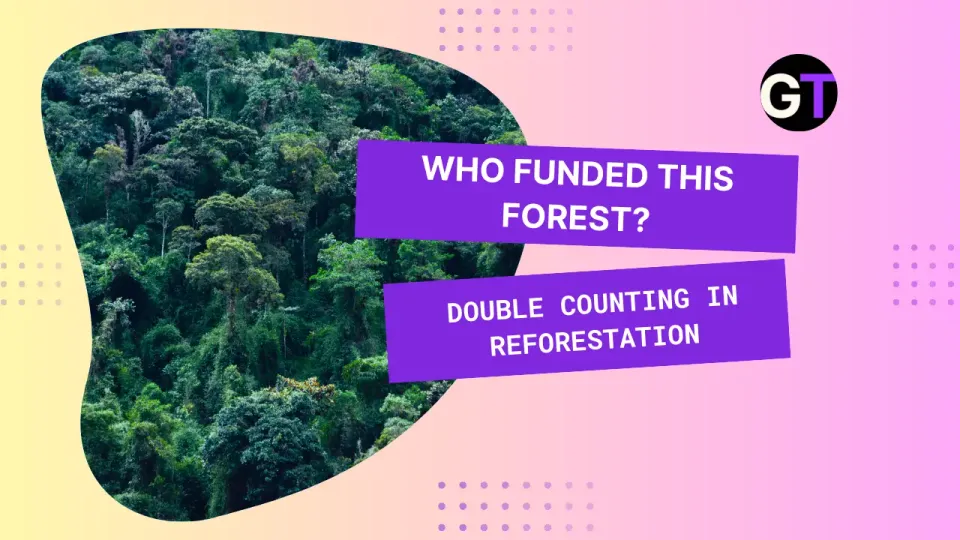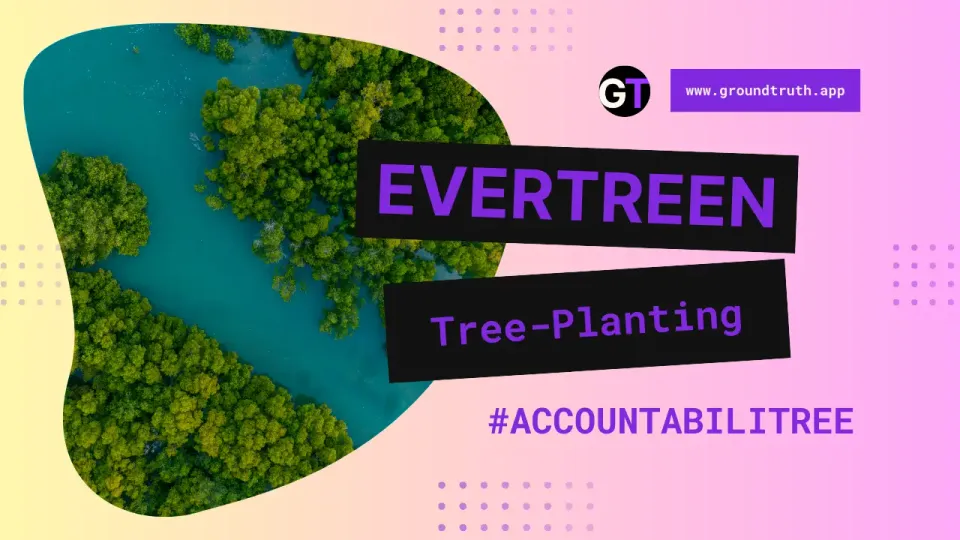What Indigenous Delegates Want from COP16
Indigenous delegates are keeping a close eye on discussions around the implementation of the targets and goals...

This article by Aimee Gabay originally appeared in Mongabay.
- From Oct. 21 to Nov. 1, Indigenous and local community leaders from around the world will gather at the U.N. biodiversity conference, or COP16, to advocate for the recognition of their rights as a solution to the world’s biodiversity crisis.
- Mongabay spoke with several Indigenous delegates attending the conference to gauge what they’re looking for going into the conference.
- The main topics on their agenda include the development of reporting and monitoring mechanisms to ensure Indigenous and traditional peoples’ rights are not neglected in the race to achieve the goals of the Kunming-Montreal Global Biodiversity Framework (GBF).
- Leaders from Guatemala, Colombia, Peru and other countries also plan to push for the creation of a program of work on Article 8(f) and its provisions, direct access to funding and the recognition and titling of Indigenous and local community lands.
From Oct. 21 to Nov. 1, Indigenous and local community leaders from around the world will gather at the latest U.N. biodiversity conference, or COP16, which delegates say is poised to be a “historic” conference that could mark a turning point for both biodiversity and those who protect it.
Ahead of the talks, several delegates spoke to Mongabay about their list of desires, what they hope will happen and some of the issues they have had to grapple with. A recurring theme was the urgent need to recognize and establish “mechanisms to ensure the full and effective participation of Indigenous peoples and local communities,” as highlighted by Francisco Ramiro Batzín Chojoj, a representative of the Maya Kaqchikel peoples from Guatemala and co-chair of the International Indigenous Forum on Biodiversity.
Indigenous delegates are keeping a close eye on discussions around the implementation of the targets and goals of the Kunming-Montreal Global Biodiversity Framework (GBF), an important focus of this year’s conference. Sources say there is a need to agree on a system to monitor progress toward the achievement of the framework, which aims to halt and reverse nature loss by 2030.
Although the biodiversity framework contains statements to address the rights of Indigenous peoples and local communities, the details of how to do so while meeting global targets aren’t fleshed out. Indigenous sources hope to influence and reach an agreement during discussions with national representatives, who will be the ones making high-level decisions.
A to-do list
Ricardo Camilo Niño Izquierdo, an Arhuaco Indigenous person from the Sierra Nevada de Santa Marta in Colombia, said delegates will propose that certain progress indicators (also known as “traditional knowledge” indicators) are added to the monitoring framework. These would include measures to track the preservation of traditional lands and the inclusion of communities in decision-making processes when states try to reach targets like the “30 by 30” goal to increase protected areas. Without them, sources say their Indigenous communities risk evictions or rights violations for conservation goals.
“We have our own concept and practices of conservation, use, management, tenure; passed down and practiced from generation to generation for more than thousands of years, which translates into effective biodiversity conservation,” said Batzín, whose statement was echoed by Levi Sucre Romero, an Indigenous Bribri Costa Rican and general director of the Mesoamerican Alliance of Peoples and Forests.
The fact that the monitoring process does not consider the territories of Indigenous peoples and local communities as a distinct category of conservation areas, separate from protected areas and other effective area-based conservation measures, is also a concern they hope to address, Izquierdo said. This would not automatically include all Indigenous territories and also implies recognizing the biocultural systems that sustain them.
Romero told Mongabay over email that previous COPs have focused on “conservation area systems and protected areas,” but have failed to recognize the value of Indigenous territories in the conservation of biodiversity.
Discussions on how to finance the implementation of the GBF, with a focus on ensuring that Indigenous peoples and local communities can directly access biodiversity funding, is also a priority. They’ll also direct attention to the creation of a program of work on Article 8(f) and its provisions, which states that each party of the Convention on Biological Diversity must respect, preserve and maintain the traditional knowledge, innovations and practices of Indigenous peoples and local communities.
For Quilombola leader Jhonny Martins, the director of the Coordination of Rural Black Quilombolas Communities in Brazil, an ideal outcome of COP16 would be for the CBD to recognize Afro-descendant peoples and their land rights, he told Mongabay over WhatsApp messages.

In a public statement, the Coalition of Territorial and Environmental Rights for Afro-descendant Peoples in Latin America and the Caribbean said Afro-descendant peoples still face “drastic social and economic inequality, as well as gaps in information and recognition impacting all their rights.”
“A global commitment is essential to ensure the right of Afro-descendant communities to a clean, healthy, and sustainable environment, with measures to prevent and mitigate the harmful effects of extractive activities, infrastructure projects, and renewable energy in the territories of Afro-descendant Peoples,” it said.
Access issues?
Access and the representation of Indigenous peoples at the conference was a point of contention among some Indigenous leaders.
According to Fernando Lezama, a Pijao tribal leader from Colombia and co-founder of fair-trade biodiversity credits business Savimbo, many Indigenous leaders have faced “significant obstacles” to access COP16, “including a lack of invitations, logistical problems and complicated bureaucratic requirements.” Several leaders from different communities applied to enter the Blue Zone, the formal conference space, “but never received a response,” he said.
Other Colombian Indigenous leaders, such as Camilo and Maria Pastora Juajibioy Chindoy from the Kamëntsá Indigenous community, shared similar concerns with Mongabay.
“We feel restricted,” Ketty Marcelo, an Asháninka Indigenous leader from Peru and former president of the National Organization of Andean and Amazonian Women of Peru, told Mongabay over email. “We have only been granted two slots for the whole organization to participate, we have applied to events, and they have not been approved. This worries us a lot.”
A spokesperson from the Secretariat of the Convention of Biological Diversity (SCBD) told Mongabay that at least 770 of the delegates registered to attend the conference this year represent Indigenous peoples and local communities. Last year, there were at least 497 Indigenous delegates of the 15,723 registered for the conference in Montreal, according to Canadian news outlet CBC.
A spokesperson from the SCBD told Mongabay over email that they have “accredited all organizations that applied by the deadline” and have done their “best to accommodate later requests where the necessary information has been provided.”
“The Secretariat has provided all assistance and has gone beyond and above to facilitate the participation of these groups at COP16,” they added.

License
Gabay, Aimee. "What Indigenous Leaders Want from the COP16 U.N. Biodiversity Conference." Mongabay, 17 Oct. 2024. Republished under a Creative Commons Attribution-ShareAlike 4.0 International License. Republished with minor changes to title and formatting.




